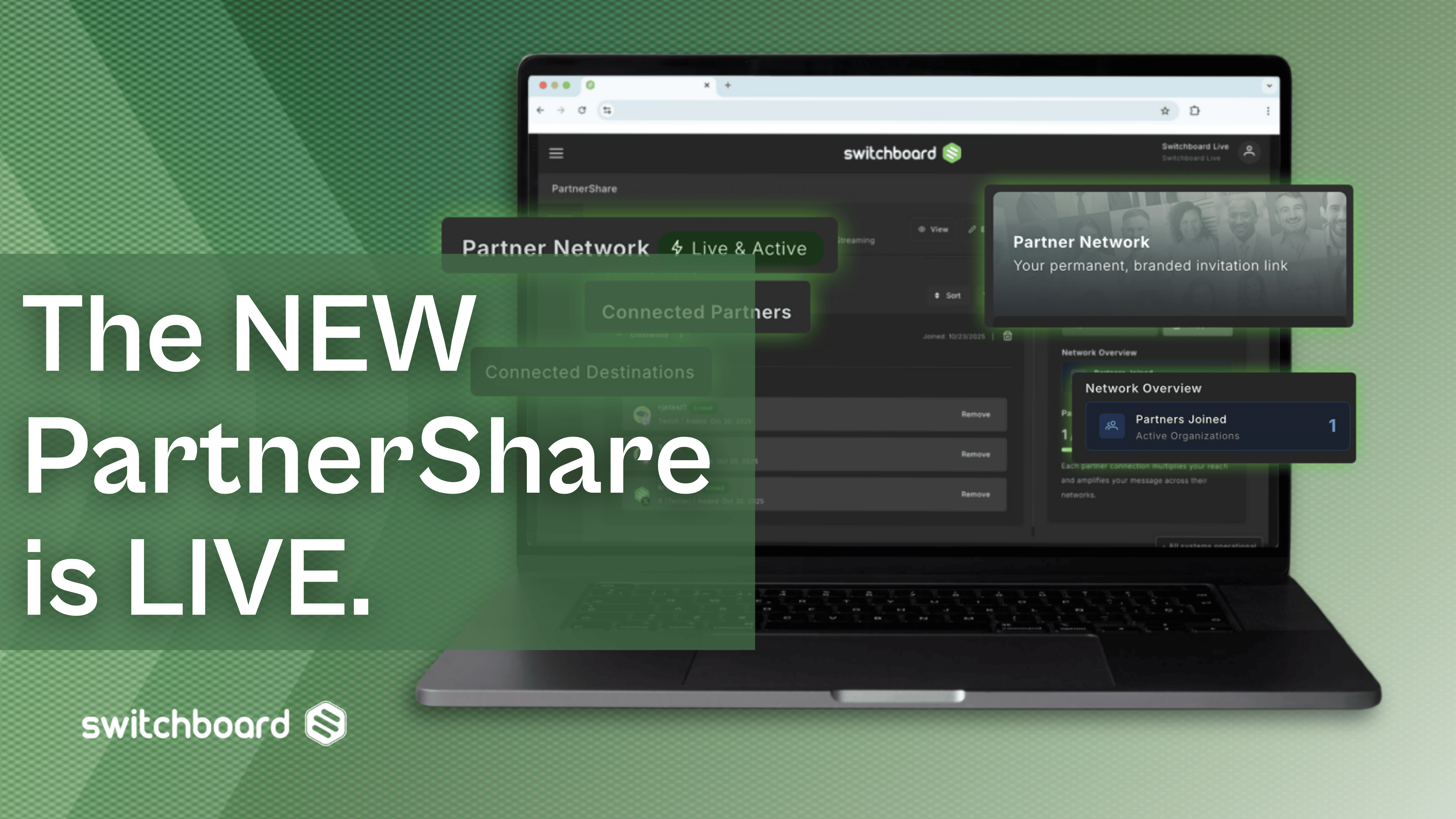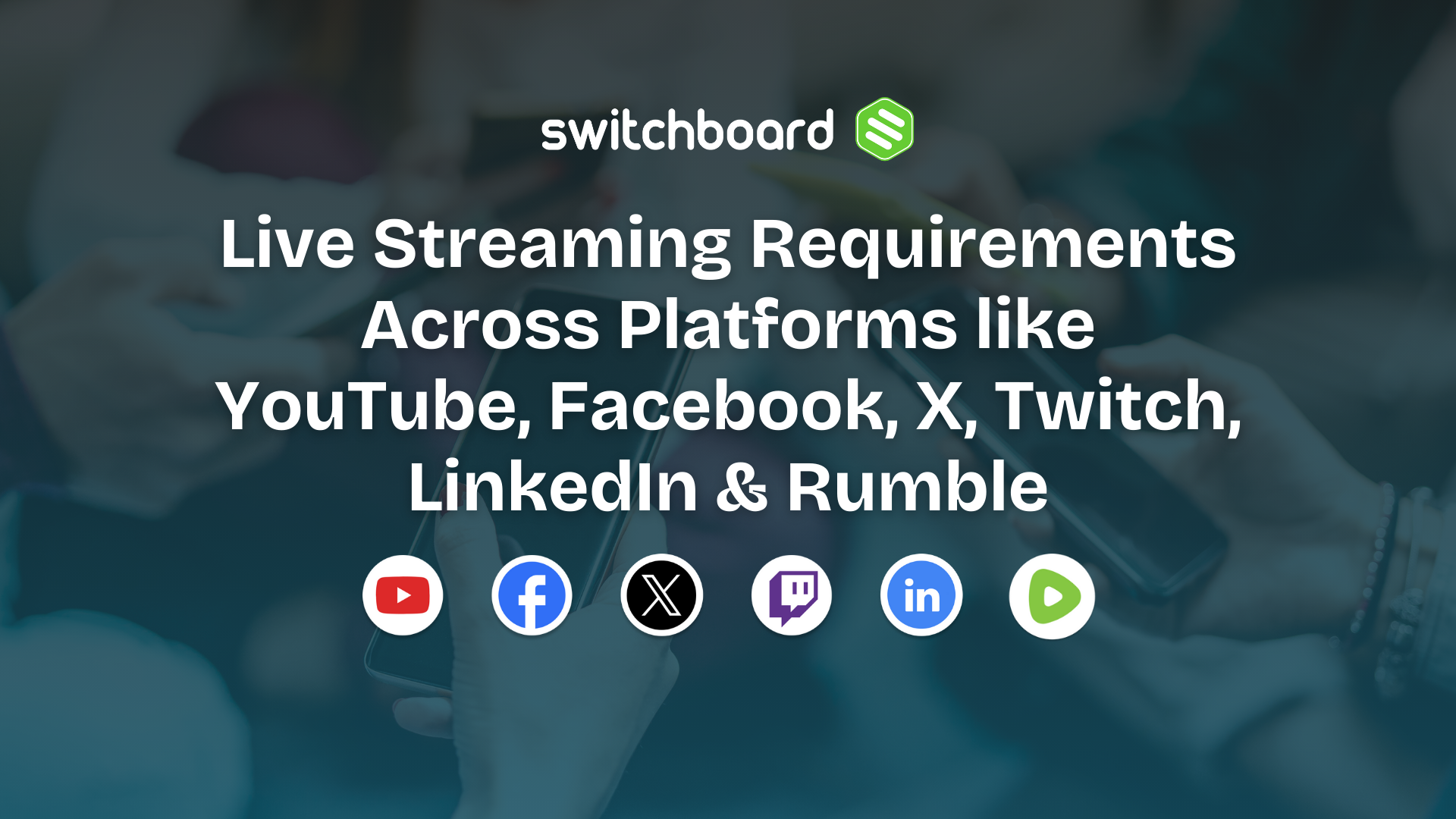Building a team to do incredible work can be pretty challenging these days. In addition to attracting the right talent, more workers want control of their schedules and the ability to work remotely.
Can live video keep remote workers connected? By using the right tools for video interviews, team building, and corporate engagement, any company can harness technology and keep all their employees happy and productive.
Are Live Video Interviews Effective?
With more people working from the comfort of their homes, employers are using technology to bridge that gap. Although it isn’t uncommon to hire talent from all across the country, how tech companies hire them – and ultimately connect with them – has dramatically changed. Is a video interview an efficient way to bring in top talent while cutting costs?
According to virtual recruiting firm RecruitLoop, video interviews come with more upsides than downsides. By using a live video connection with candidates, managers can judge communication skills and body language, while allowing potential employees the chance to show off their skills and knowledge. Plus, recording live interviews allow decision makers the time to review answers and feedback with no stops in productivity from scheduling in-person meetings.
Before adding any remote team member, smart companies will extend them an opportunity to connect via video. This gives everyone the chance to meet, discuss company culture, and determine personalities, before making an offer.
Building Team Camaraderie & Employee Engagement
After hiring a remote employee from a video interview, the cameras shouldn't stop there. Without regular face time among coworkers and managers, distanced workers can quickly feel disconnected and out of the loop.
Using live video can bridge the gap among remote workers while reducing the risk of burnout. Remote consulting firm Toptal notes employees who regularly work from home can miss the daily office interaction, and can also result in overworking without supervision. By using regular live video sessions, co-workers can develop bonds they would normally cultivate in the office. It can also help establish more of a schedule for the remote worker, which in return can prevent them from working too many hours in a day.
But video isn’t just for socializing. Live streams are also great ways to build employee engagement. Departmental meetings and one-on-one discussions with supervisors helps build bonds, deliver feedback, and set goals. According to a Gallup study, employees who have regular engagements with their supervisors are three times more involved at work than those who don’t.
Finally, video can be the differentiating factor between employees retaining a company-wide message or missing the point entirely. Using a live stream for company question-and-answer sessions or quarterly reports gives everyone near and far the opportunity to have their voices heard and concerns addressed. And it can help them feel even more positive about their company. Data collected by Salesforce suggests people who watch live streams feel more up-to-date, informed, and involved than those who simply watch live TV or a pre-recorded video.
When it comes to creating a tighter team, live video is the best way to ensure nobody gets left behind. By turning on a camera and letting everyone see, speak and hear, teams can work as efficiently as having everyone in the same room.
Finding the Best Video Conferencing Tools
Not all video tools work the same – especially when it comes to live streaming. A company wouldn’t broadcast their internal quarterly reports on a Skype call, nor should they use a multi-source professional streaming setup to interview one job candidate. Where does the balance lie among video conferencing tools?
Before deciding on just one resource, it could be worthwhile to consider multiple options. When it comes time to plan a company stream, it’s important to ask these three questions:
- What is the application? Live streaming and video conference tools are built differently for two different applications. Live streaming tools are best used for one-on-one calls or small team meetings, while video conference tools, such as those of Webex, are built to accommodate large meetings with presentations and slides. Some tools can also incorporate plugins, like question buttons and live audience polling.
- What is the goal? A company-wide announcement has a different set of goals than a small team meeting. While a live stream platform may serve the needs of a major internal broadcast, smaller teams need engagement spaces and the ability to talk face-to-face in real time.
- Will I lose engagement? If a live stream is executed poorly, it can backfire and create negative feelings. Using the wrong tools to broadcast can sour employees, so it’s important to consider the downsides of a tool before committing to it.
Even though a team may be scattered across the country, they don’t need to be isolated from one another. With the right technology and a live streaming partner, employees and companies can come together to make sure they are successful in all their endeavors.




.png)
.png)
.png)






